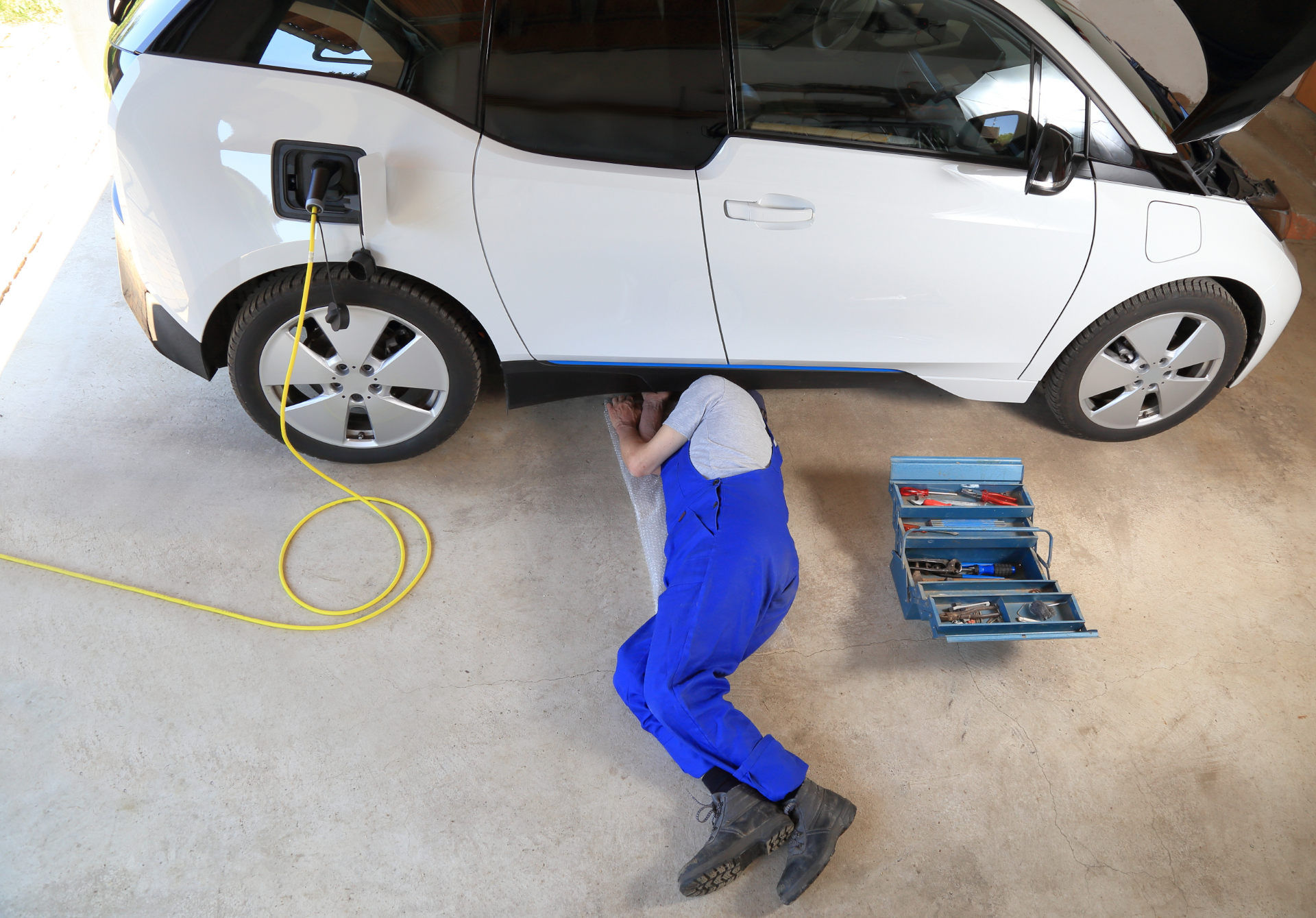 September is traditionally one of the busiest times of year for buying a new car, and the majority will be probably be bought on finance rather than through an outright payment. There are different ways to fund the purchase, and there’s often a lot of jargon that comes with it. Here’s a short guide to help you navigate through the main types of car finance and what the key terms mean.
September is traditionally one of the busiest times of year for buying a new car, and the majority will be probably be bought on finance rather than through an outright payment. There are different ways to fund the purchase, and there’s often a lot of jargon that comes with it. Here’s a short guide to help you navigate through the main types of car finance and what the key terms mean.
Hire Purchase (HP)
Hire Purchase is when you pay a deposit at the beginning of the scheme and fixed monthly payments will then follow for up to five years depending on the plan that you choose. At the end of the term, you will then be asked to pay the ‘option to purchase’ fee, which covers the cost of the transfer of ownership. Once this has been settled, you will own the car outright.
Advantages:
- Fixed monthly payments spread over a defined term (typically between one to five years), so you know where you stand.
- There are no fees if you want to pay off the entire loan early.
- You own the car once all the required instalments have been paid.
- You can put down a bigger deposit in return for smaller monthly payments.
- There may be a deposit contribution from the vehicle manufacturer.
- You can shop around for the best deal using online finance brokers in addition to what the dealership is offering.
Disadvantages:
- The monthly payments are generally more expensive than a PCP or leasing deal.
- You are essentially hiring the car, as the name suggests, so you don’t have the right to sell the car until you have paid the final fee.
- The finance company can repossess the car if you don’t keep up with the monthly payments.
Personal Contract Purchase (PCP)
A Personal Contract Purchase (PCP) is where you are given a loan, but this doesn’t cover the full value of the vehicle, and the car cannot be owned at the end of the term unless a final payment is made. The monthly payment during the loan term is often calculated based on the amount of value the car is set to lose minus the deposit.
At the end of the term, there tends to be three options:
- You can opt to pay the “balloon payment” (refer to the definition at the end of the article) which will be equivalent to the Guaranteed Minimum Future Value (GMFV) that you agreed at the beginning of the deal.
- You can hand the car back with nothing else to pay, unless there is any damage or excess mileage to account for.
- You can choose a new car as the value will often be slightly greater than the balloon payment.
Advantages:
- You can choose the length of the term, and monthly payments can span as much as four years depending on the vehicle being purchased.
- You don’t have to keep the car at the end of the plan and there a few options as to what you do next (see above).
- There is the option to pay off the loan early subject to this being agreed with the garage.
- Your car will have a guaranteed trade-in or resale value at the end of the term.
Disadvantages:
- You will incur an additional expense if you exceed the agreed mileage.
- When the car is handed back, the car is checked for damage and costs may be incurred for any repairs which are deemed to be beyond an acceptable level of wear and tear.
Leasing / Personal Contract Hire (PCH)
 Similar to a long-term rental, leasing or Personal Contract Hire (PCH) is where you are responsible for making monthly repayments over a certain term following an initial rental fee. However, there is no opportunity to own the car or to buy it outright, and servicing plans can be added to the agreement, but this is likely to increase the regular payment amount.
Similar to a long-term rental, leasing or Personal Contract Hire (PCH) is where you are responsible for making monthly repayments over a certain term following an initial rental fee. However, there is no opportunity to own the car or to buy it outright, and servicing plans can be added to the agreement, but this is likely to increase the regular payment amount.
Advantages:
- The monthly payment amount is fixed in advance.
- You won’t be affected by the value lost through depreciation as you don’t own the car.
Disadvantages:
- There is often a limit on the amount of mileage that you are able to do every year.
- Adding a servicing plan can inflate the monthly cost.
- A large deposit is frequently required at the beginning of the plan.
- You can’t keep the car at the end of the payment term.
Bank loans
In addition to the other types of finance, you can also apply for a regular bank loan, and you can shop around to see which bank will offer the best rate and the largest amount based on your circumstances and credit rating.
Advantages:
- You own the car from the very start of the contract.
- You can sell the car at any point.
- There is no need to hand back the car at any point during the agreement like other finance plans or be restricted in regards to certain mileage amount or level of wear.
Disadvantages:
- It’s up to the bank as to how much they will lend which may not be the entire value of the car. Your credit rating will be taken into account.
- As with any loan, you are responsible for keeping up with the monthly payments.
It’s important to note that The Motor Ombudsman can handle a consumer dispute in relation to a car that is on finance (e.g. regarding the warranty or a defect), but does not deal with complaints relating to car finance itself (e.g. a mis-sold policy). This falls within the remit of the Financial Ombudsman Service (FOS).
Key terms
- The “annual percentage rate”, also referred to as “APR” is the interest rate for the loan.
- A “balloon payment” is a lump sum owed to the finance company at the end of a loan term after all regular monthly repayments have been made.
- A “credit rating” or “credit score” is the result of an assessment by an organisation such as a bank or loan company which looks at the ability of a person to pay back a debt.
- A “deposit” is the initial payment that is made by the consumer at the beginning of the loan term.
ENDS



